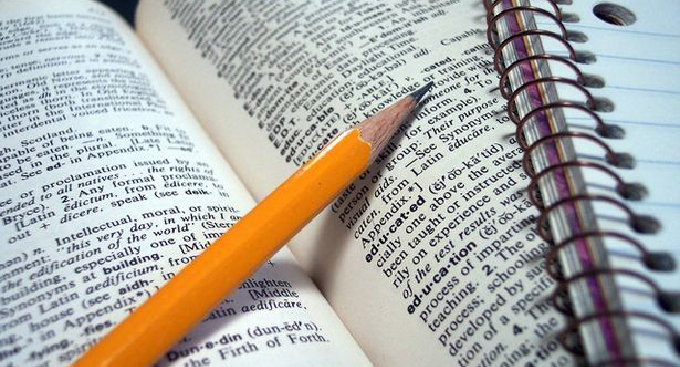
It might seem strange to be writing about reading during #AcWriMo. But I was reminded, at a recent writing retreat get-together, of the close and symbiotic relationship between writing and reading.
One of our group had sent a draft paper to mentors for feedback. The comments suggested that she needed to do some more reading in order to make the paper ready for entrée into a scholarly conversation. But how, she asked, did she find time for reading when she was already very busy with work?
There were various answers to her question, but two have stuck in my mind as worth noting this month.
The first response was from a senior colleague who showed the group how he used Browzine. Browzine is an app which connects to your university library. Once you have accessed your institutional subscriptions, you can then make your own bespoke bookshelf, set up notifications – and connect papers with your bibliographic software. Browzine allows you to keep in touch with what is being published, download papers that you want to read, and then painlessly store them in your referencing system. Our colleague told us that he always downloads a few papers before he travels – and he travels quite a bit – and this generally allowed him to keep him in touch with his field.
The second response was actually what I do and a couple of other people did the same. I don’t try to keep up with what is being published in my fields at all. I do two different things:
- I follow people with similar interests to mine on twitter. When they tweet about new publications that they have come across which interest them I follow these up, because I know they will also interest me. This way, I can keep roughly across what’s hot in the various fields I straddle.
- I do in-depth reading which is project based. Because I always have a few research and writing projects on the go, I am always in the position of having to read in order to do field work, analysis or writing. I usually spend a couple of half days searching and downloading papers and ordering books at the start of a project; and I do a couple of updates. I put all of the references into Endnote and place a duplicate set of PDFs in a file on my desktop. I then go through the desktop file, reading at least one paper a day until I have finished. I keep minimal notes on each paper in a word doc, and occasionally use PDF software to highlight anything I might want to quote from the actual PDF. Other people cut and paste quotes into their text, make tables and/or Excel sheets when they do this kind of reading.
Both of these approaches position reading as more than simply a means of keeping up or preparing. The reading is seen as intellectual nourishment, which is stored away for future reference. Whether we read things as they appear, or read for a specific purpose, the reading we talked about was about providing us with new ideas, arguments, provocations and insights. The reading feeds current, and future, writing.
Now, I wouldn’t be at all surprised if people found they needed to do some reading in order to achieve the goals they had set for themselves during #AcWriMo. Reading is one way to stimulate writing, to move us on when we are stuck, to help us write more and better. Why don’t we say more about this? Well probably because #AcWriMo was modelled on novel writing month – and it’s likely that novelists don’t need to read while they are writing in the same way that academic writers do.
So I wouldn’t feel bad if you have to deviate during November from a writing-only schedule to do some reading. Reading may feel like taking time out, goofing off from writing, putting your targets in jeopardy. But reading may really help you do the writing that you have planned.
Taking time out to read a bit this month might make your #AcWriMo writing goals more attainable.